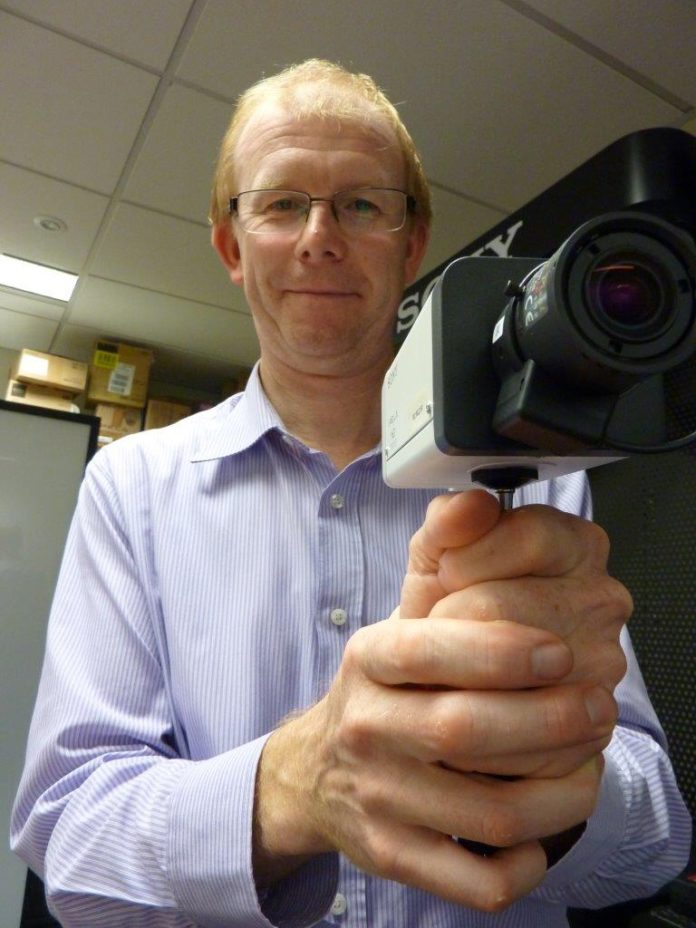BEFORE we conduct test drives in SEN it’s usual practice to run through the specifications of the device but that’s a little difficult here because we’re looking at Sony’s whole new Generation 6, which includes 9 cameras with differences in frame rate and resolution.
Given this, we’re going to focus mostly on Sony’s flagship camera, the 60fps 1080p VB630, while also discussing the 60fps 720p VB600 and referencing the other cameras in the range. The specs of the flagship VB630 camera and the 60fps 720p VB600 really do warrant some attention so before we get into the fun part, let’s get a handle on these cameras and find out what makes them go. For a start, the VB630 is Full HD day/night camera giving a maximum resolution of 1920 x 1080 pixels from its 1/3-inch progressive scan 2.1MP Exmor CMOS sensor.
Then there’s that high frame rate of 60 frames per second. Dynamic range equivalent to 90dB is achieved with View-DR technology in the 1080p VB630, while this reaches 130dB in the 1280 x 720p VB600.
When it comes to compression you get H.264 (High/Main/Baseline Profile)/JPEG video codecs and AAC (16 kHz/48 kHz)/G.726/G.711 audio codecs. Scene analytics include face detection, intelligent motion detection, rule-based filter (DEPA Advanced). There’s also exposure control, exposure compensation, auto white balance, AGC, shutter speed, iris control and there’s image stabilisation and visibility enhancer.
Minimum scene illumination at 50 IRE in colour (that’s at about half normal contrast) is claimed to be 0.1 lux at (F1.2). Other general optical specifications include a horizontal viewing angle of 114.2 to 40 degrees and a vertical viewing angle of 60.6 degrees to 22.5 degrees.
The unit has a C-mount lens, an analogue CCTV output giving 700TVL, Wide-D through View-DR, optical zoom of 2.9x and a digital zoom 2x. There’s power focus, a signal-to-noise-ratio of 50dB, an SD card slot, PoE, 12V/DC and 24/AC power options, support for 20 clients, ONVIF compliance, a smart viewer for mobile applications, a microphone input, and audio line jack, and audio line input, and multiple network protocol support.
There’s also Sony toolbox, a network sniffer you can use it to find Sony cameras singly or in batches, and to change macros across groups of cameras so as to save installation time. There’s also a smart phone viewer with pinch zoom. It’s not an app, either. Instead when a smart phone talks to a camera the camera reformats its viewing page to suit a mobile device. To access this functionality you just browse for the camera’s IP address.
“They really are groundbreaking,” Franklin says. “There’s 3 dimensional noise reduction to improve low light performance and the end result is that we can maintain colour, saturation and image clarity right down to half a lux at 60 frames in full HD.”
As mentioned earlier, there are 3 different body types – a fixed box camera, a mini-dome and a vandal mini-dome. There’s full HD at 60 frames per second in box, mini dome and vandal, 720p HD at 60 frames per second in box, mini and vandal and 720p HD at 30 frames per second in box, mini and vandal. Taking into account all these variations, that’s a total of 9 cameras.
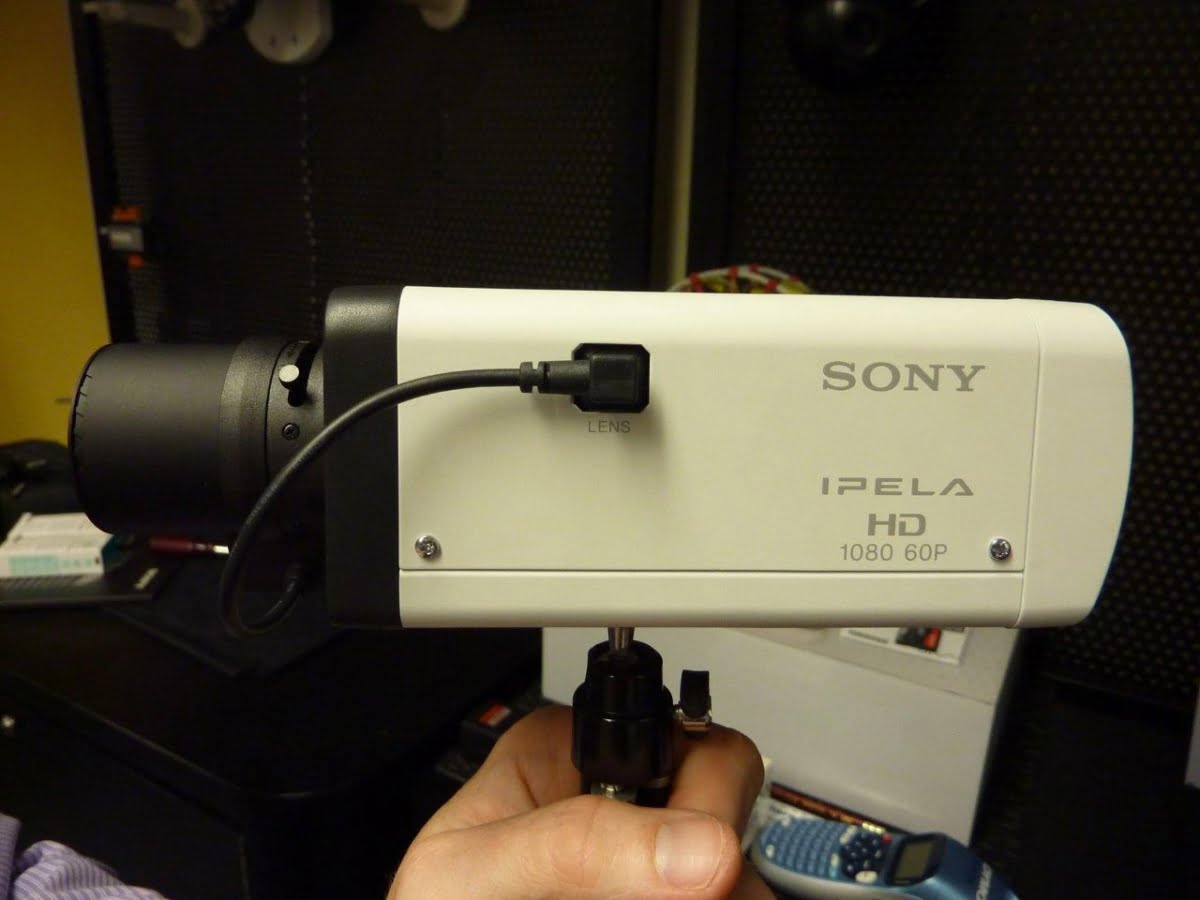
According to Sony’s product manager security solutions, Mark Franklin, these Generation 6 cameras are the first 60 frame cameras at both 1080 and 720p.
“They really are groundbreaking,” Franklin says. “There’s 3 dimensional noise reduction to improve low light performance and the end result is that we can maintain colour, saturation and image clarity right down to half a lux at 60 frames in full HD.
“Backlight is another strong suit. The 1080p VB630 has 90dB and the 720p VB630 has 130dB of dynamic range. This is the second generation of Exmor chips and the sensitivity is actually double the CH current range.
“Something else to bear in mind is that while other manufacturers talk about low light performance, you’ll find they are talking about performance at D1 – that’s 720 x 576 pixels. But we are doing 720p and 1080p in colour in 0.5 lux at 60 frames per second. No one can compete with that.
“With the change of codec we now offer 3 ranges of main profile H.264 compression which allows more flexibility in terms of efficiency of encoding and all the cameras come with SD-based head end recording which interfaces with all the major software solutions.”
Sony’s Ipela Engine Ex
Something that’s important to bear in mind here is that Generation 6 has keys processors working to enhance images. First, there’s the 1/3-inch Exmor CMOS sensor chip. Second there’s Sony’s Ipela Engine Ex, which is really a collection of processing modules rather than a single processor, with each module responsible for a key area of performance.
What the engineers have done is to standardise all the processing after the Exmor image sensor into a single Ipela engine that is consistent across the entire Generation 6 range, regardless of frame rate and resolution. Simply, Ipela Engine Ex is an integrated signal processing system that combines Sony’s various signal processing and analytics technologies.
Once signals pass through the image sensor they come to the first module in the Ipela Engine Ex, the XDNR noise reduction processor which works to create clear images in low light conditions without the white noise that plagues other cameras. XDNR achieves this by detecting and removing noise on a frame by frame basis, as well as reducing differential signal noise in consecutive frames.
Next processor in line is View-DR which works to enhance light and dark areas of a scene, while expressing them in higher resolution. Ipela Engine Ex does this by tuning the contrast and correcting tone for light and dark areas through a combination of images taken at varying shutter speeds within a single frame. This process allows Sony to offer a variation of Generation 6 with full HD and 130dB wide dynamic range.
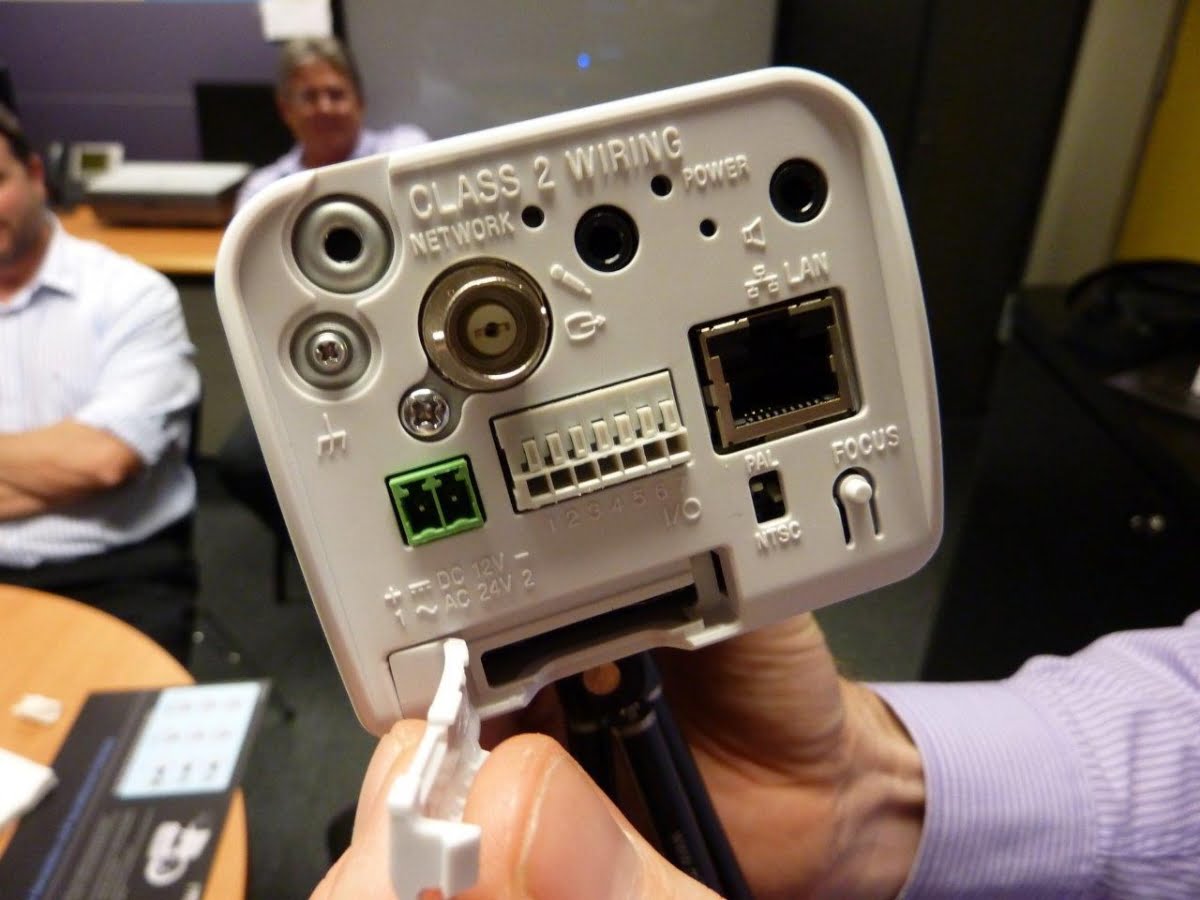 The next module in Ipela Engine Ex is Sony’s Colour Adjustment and once the signal gets past colour reproduction it comes to high frame rate Encoding and Packetizing modules which combine to deliver 60 frames per second performance. Encoding and Packetising is delivered with simultaneous DEPA Advanced Video analytics which handles detection of moving objects, human faces and masking objects enhanced through image processing alarm detection functions.
The next module in Ipela Engine Ex is Sony’s Colour Adjustment and once the signal gets past colour reproduction it comes to high frame rate Encoding and Packetizing modules which combine to deliver 60 frames per second performance. Encoding and Packetising is delivered with simultaneous DEPA Advanced Video analytics which handles detection of moving objects, human faces and masking objects enhanced through image processing alarm detection functions.
“With the 5th generation cameras something we were able to do was run it natively much faster than 30 frames per second and this meant that we had time to do additional processing,” Franklin explains. “We could take multiple exposures using high shutter, mid shutter and low shutter speeds.
“We are maintaining that capability in the Generation 6 range of cameras but we are also able to deliver 60 frames per second because the processing is now faster still. At the same time we are not compromising the wide dynamic range and the low light performance is exceptional.
“For a while now we have offered video analytics at the head end and we have now expanded the range of metadata to include unattended objects.”
Test driving the Gen 6
I get a look at the latest Sony Generation 6 cameras at Sony’s HQ in North Ryde. We do the viewing in the belly of the beast, a room without windows, so as far as low light performance is concerned our ‘test bed’ is perfect. The demo room is compact, probably 4 x 5m. For the record, bit rate on all cameras is set at a constant 4M/bits per second.
For backlight we’re looking at recordings on monitors, as well as face recognition and clothing colour in front of a light screen in the demo room. This is a good field test, showing actual camera performance. Franklin has his light meter at the ready and takes periodic measurements to objectify performance claims.
“It’s hard in this room to show the benefits of 60 frames per second but I have recordings that I’ll show you that give a good idea of the improved performance we’re getting,” Franklin explains.
On screen he pulls up images of a Sony box camera running at 60 frames and a Sony box camera running at 30 frames. The 2 cameras are driven by the same Ipela Engine processing, the difference is frame rate only.
“Importantly, we are maintaining 1080p and 720p resolutions in low light at full 60fps frame rate,” Franklin points out. “And if someone ran through our darkened scene, stopped and turned, their face would be clearly visible.”
Franklin says that any fast moving object is best viewed at a higher frame rate – a truck, a train, a casino table, a fast moving crowd.
To prove the point he plays a video of the train moving along the track. Clearly, even with a shutter speed of 150 frames per second, a camera operating at 30 frames per second is still missing large amounts of high speed information. When Franklin freezes the image stream as you would in a screen grab there’s no high quality detail in the scene. The writing on the sides of the carriages is illegible.
Now we view the same scene at 60 frames per second and it’s totally different. We can see the text on the carriages of the moving train in real time and when Franklin freezes the images, bingo, the lettering is crystal clear. This is the main benefit of 60fps over 30fps. High speed images mean more data will be captured, whereas in 30 fps this data may be missed. As a result, playback footage can be stepped through frame by frame without missing any action.
You can definitely see that fine detail, I say. It’s certainly an impressive display. I think anyone wanting detail of rapidly changing scenes would be well advised to take a look at Sony’s Gen 6 cameras for this reason alone.
“For maintaining clarity of number plates and moving traffic, there’s nothing like 60fps for getting frame-by-frame grabs and every time getting a perfectly clear still image,” Franklin explains. “That’s H.264 running at a constant bit rate of 4M/bit per second, by the way. “Sony Gen 6 cameras now include Variable Bit Rate along with Constant Bit rate as standard in these models.”
As Franklin runs through the rest of the presentation, which includes variable light levels, he periodically waves his hands with fingers spread in front in the camera view and looking at the monitors the difference between 30 and 60 frames per second is very clear indeed. All other things being equal, you’d choose 60 frames a second if you needed clear images of moving objects with no metadata missing. The difference in clarity is profound.
Low light performance
Next Franklin demonstrates the Sony Gen 6’s low light performance. I’m keen to see how the camera looks on the monitor. My personal opinion is that the Sony CH140 was better with backlight than it was with low light so a big jump forward in low light performance is going to be a significant development.
As if reading my mind, Franklin’s first comparison is of a large intersection at night, with the usual glare of headlights, streetlights beading away into the distance, traffic lights and city lights. The 2 cameras viewing the scene are the Gen 5 CH140 and the Gen 6 720p HD VB600.
We look at the scene. The difference is significant. The images show the Gen 6 low light performance is vastly improved over the Gen 5 camera. The VB600 is getting plenty of colour, there’s no loss of resolution and the scene is being recorded at 60 frames per second in full HD.
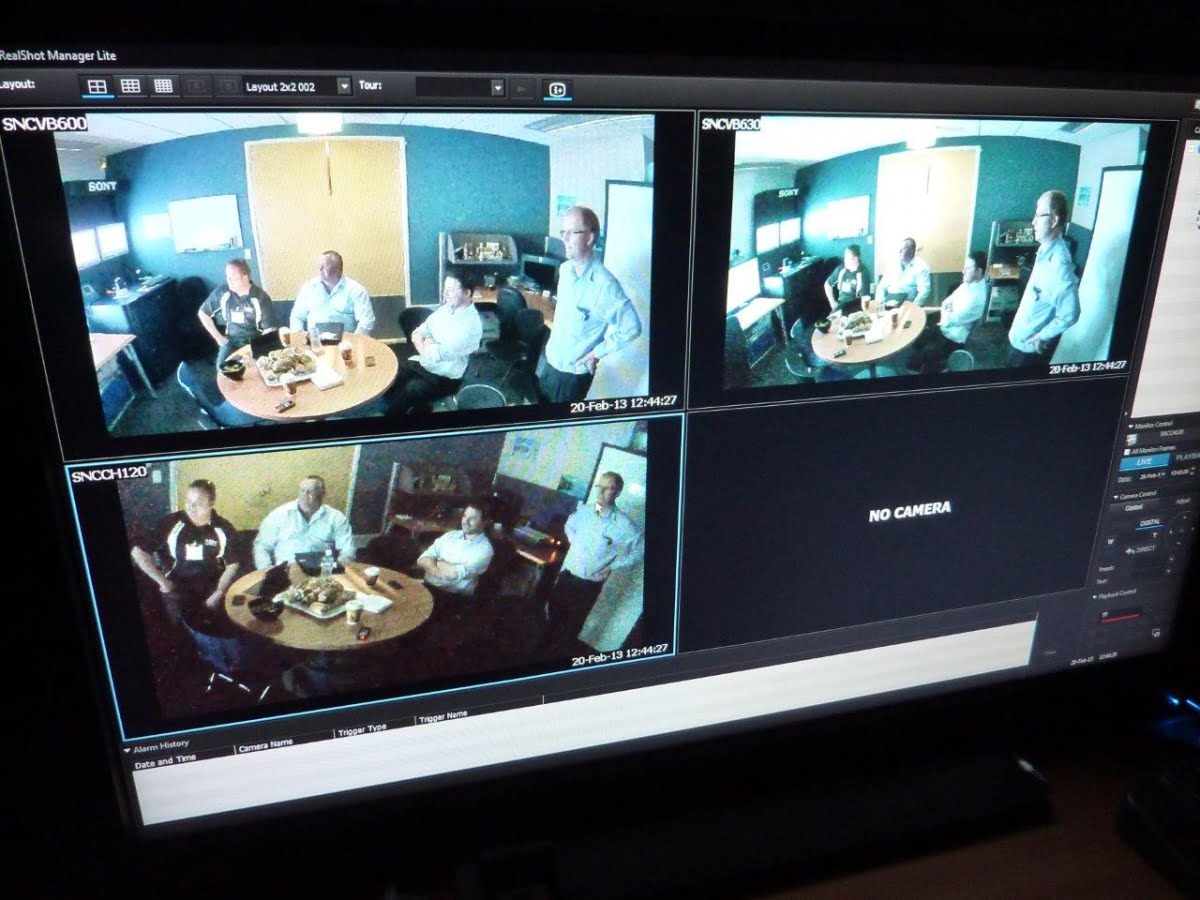
Low light test – the only light is coming from monitors showing in-room scenes and that emergency exit light overhead – it's darker than it looks…
“In terms of low light performance, the Gen 6 camera is at the same level of the best monochrome ExWave CCD cameras Sony used to make without having to take the IR cut filter away and you really want that colour for identification of colours of clothing and vehicles,” Franklin says. “And we are doing this in HD.”
Now Franklin starts to pulling up cameras in the room so we can see the low light performance in real time. The camera group we are viewing includes the VB630 1080p running at 60 frames, the VB600 720p running at 60 frames and a Sony Gen 5 CH camera deliberately locked into colour because the Gen 6 cameras switch to monochrome at much lower lux levels than the 5s.
Franklin turns the lights out. The room is now lit by only an exit sign and a small amount of spill from mostly-covered monitors and the winking LEDs of switches. Most cameras would have gone to black and white in these conditions but these Gen 6 cameras have stayed in colour. Even without competitor cameras in the mix it’s clear that the colour rendition, clarity, contrast and depth of field is excellent. Franklin pulls out his light meter – it’s .5 of a lux in the middle of room.
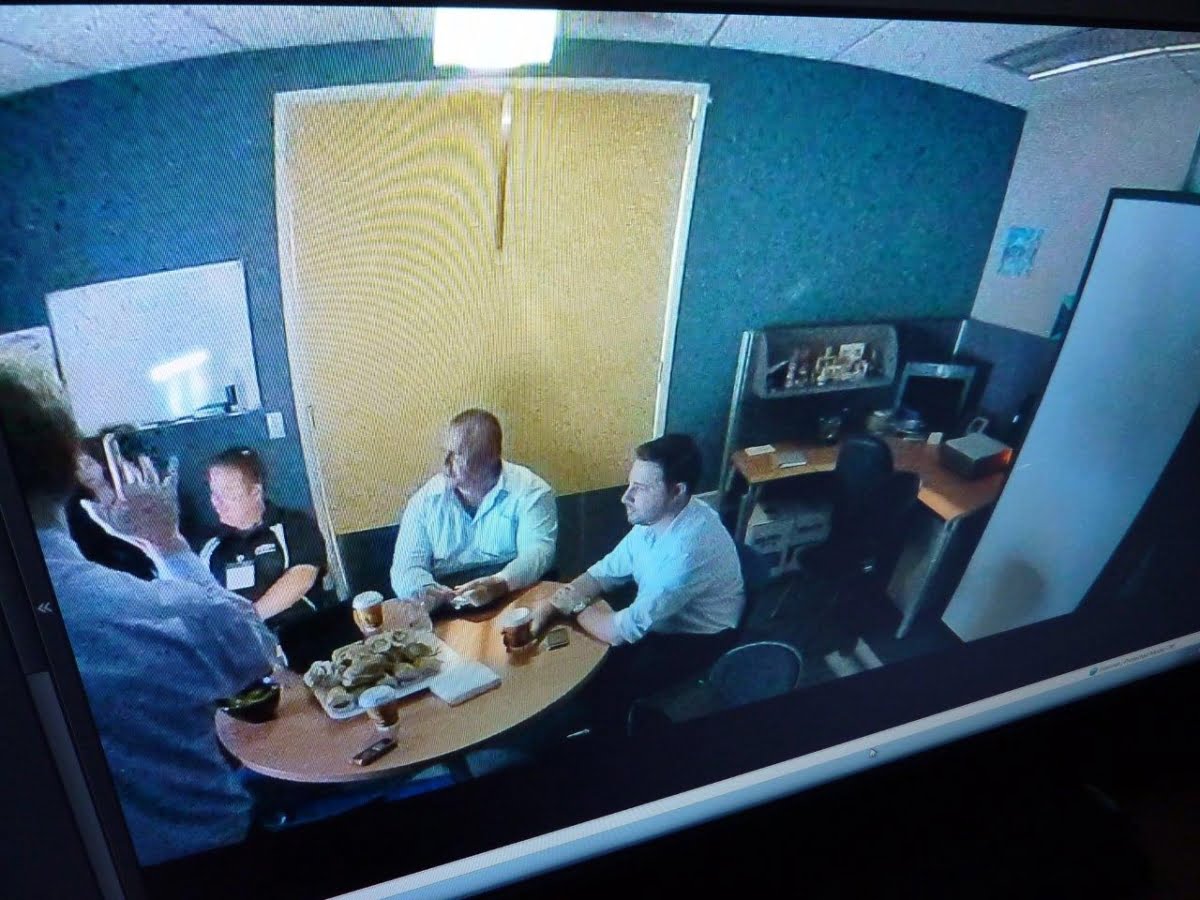
Ripple in these images is courtesy of my Panasonic Lumix – screengrabs would have been cleaner.
The colours are very true, I say. It’s doing really well, that’s cracking performance at these light levels. Both the VB630 and the VB600 are performing extremely well at this level, clearly seeing shadows at .5 lux. My impression is that the 720p camera is doing a bit better in low light than the 1080p. Even the locked colour performance of the CH140 is surprising me. It’s nowhere near as good as the Gen 6 but it’s better than most the competition.
“Importantly, we are maintaining 1080p and 720p resolutions in low light at full 60fps frame rate,” Franklin points out. “And if someone ran through our darkened scene, stopped and turned, their face would be clearly visible. That’s because at 30fps information is being missed, but not at 60fps.”
Next Franklin tries to force the Gen 6 cameras into black and white but the cameras want to stay in colour. He reduces the amount of light in the room further still. Now we’re looking at 1080p in black and white and as Franklin points out, it’s not easy to notice a marked improvement – the colour works that well that when the cut filter goes across you’re not really seeing an appreciable difference. I expected to see an improvement in contrast and depth of field with monochrome but performance was consistently high in colour and black and white.
Backlight performance
All the while we’re running through the frame rate and low light tests, Franklin undertakes a series of flying WDR tests. He turns on a large door-sized light screen and keeps darting over from demo workstation to stand in front of it. The Gen 6 handles this abuse without fuss and what’s interesting to me is that it does so at a full spectrum of light levels. The WDR is as effective in the darkened room as it is when the room is light. At all times Franklin is visible and identifiable.
I’d have liked to see the performance at greater distances but at close quarters the Gen 6 ignores backlight and it’s certain the long range performance is better than the current camera range. I’ve seen the Sony Generation 5 CH140 tested against backlight in extreme conditions looking through a window facing the sun and gazing out over a scene of perhaps 300m. In that test the CH140 was far and away the best against backlight.
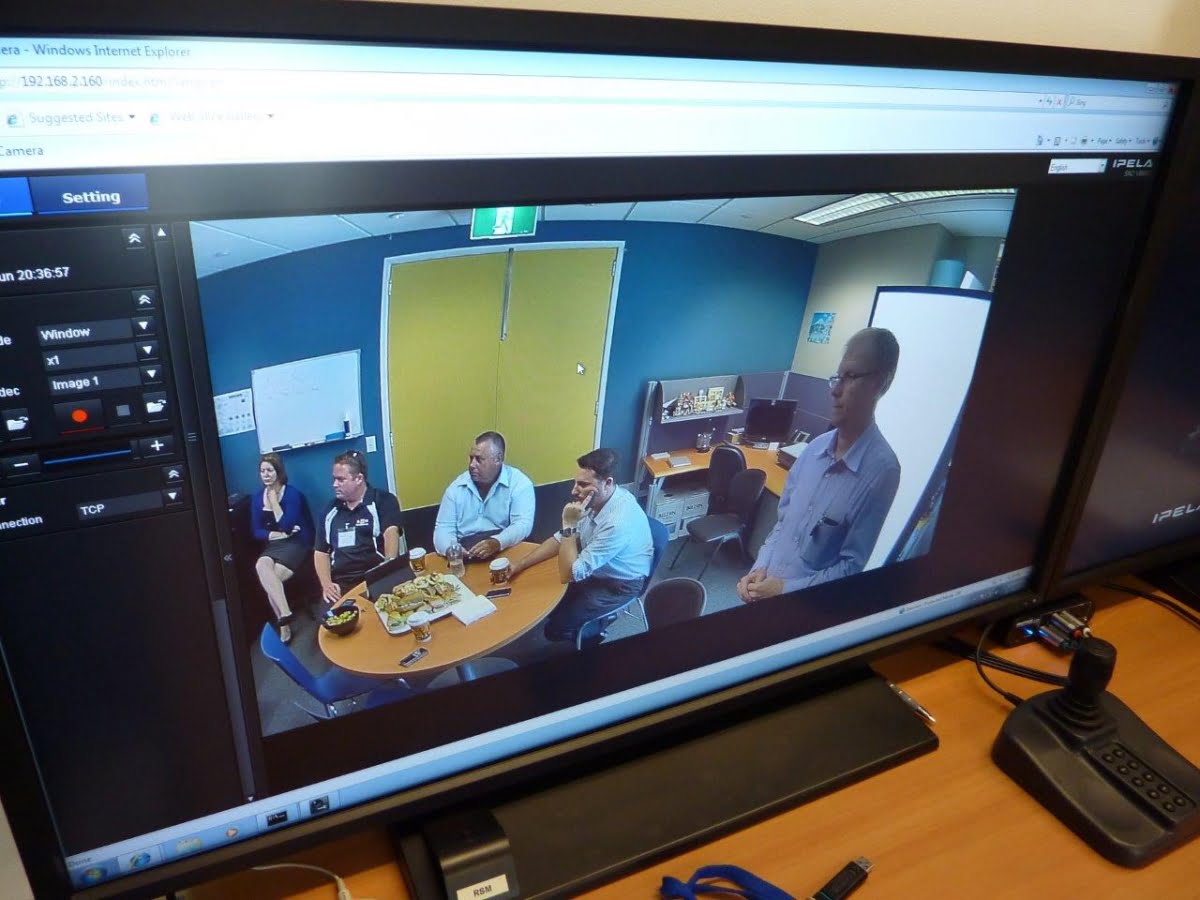 WDR test with light screen – the camera just ignores it – note the continuity of colour and light throughout the scene
WDR test with light screen – the camera just ignores it – note the continuity of colour and light throughout the scene
Another WDR test we view was conducted at the Sony factory. Here there are a number of cameras set up in a controlled environment facing a test scene that incorporates an extremely bright panel. The competitor cameras are very good quality and include the camera currently considered by many to be the best WDR unit on the market. All the cameras in the test handle the backlight. The best of these better than the others – but the Sony Gen 6 is noticeably superior.
Part of the test incorporates the zoom and focus capability in these conditions and it’s here that I get a real sense of what Franklin is talking about with the Generation 6 holding its resolution in all conditions. Same as in our demo room test, the resolution stays at full HD and the primary difference I can see subjectively is greater clarity.
“We’re pretty excited by the performance of the Generation 6 family,” says Franklin. “The performance is brilliant. We certainly think that Generation 6 with the Exmor sensor and the Ipela Engine Ex is the benchmark IP surveillance camera on the market today.”
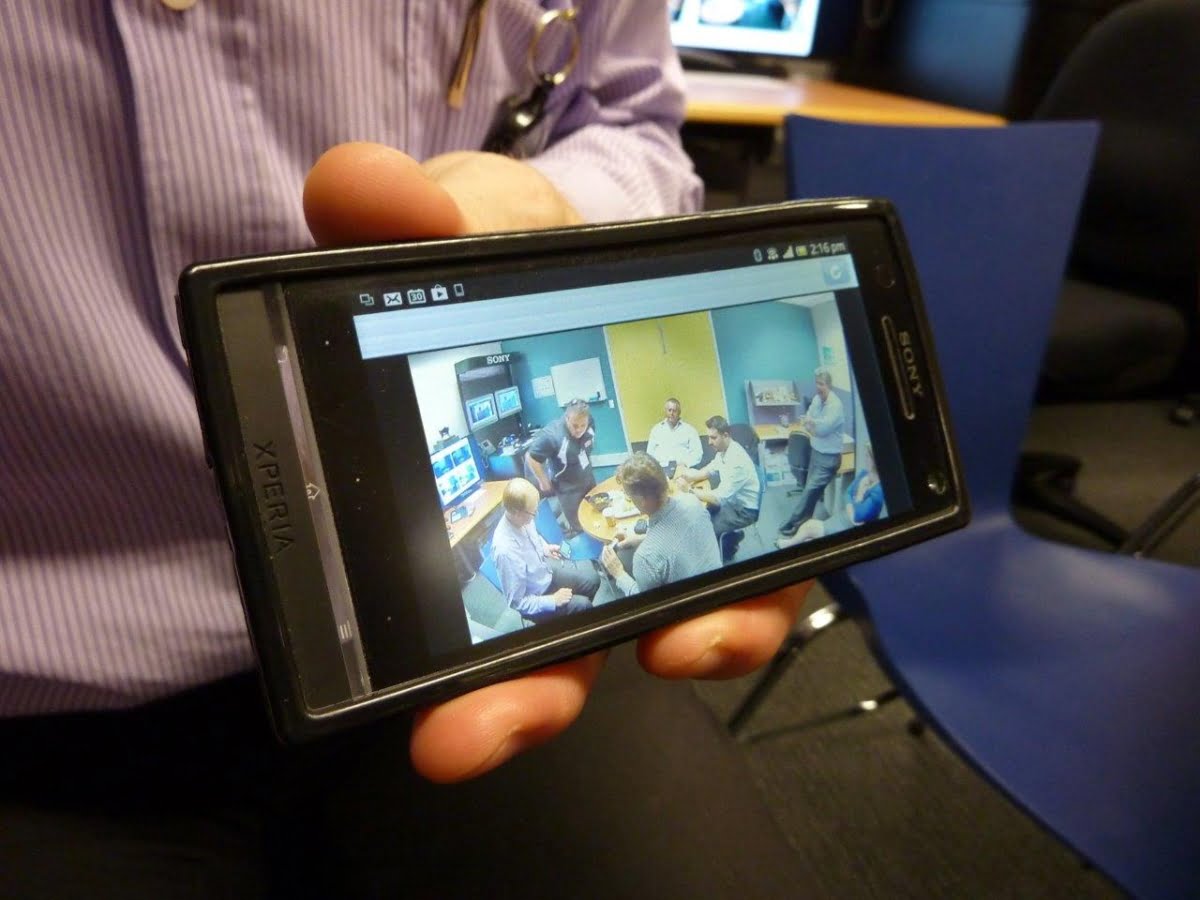
From the viewpoint of a reviewer, it’s clear this Sony Generation 6 is a more than usually capable camera. It’s a Sony and it does the all main things very well while displaying an excellent balance of performance. What I mean by this is that it’s not robbing Peter to pay Paul – trading backlight performance for low light performance.
It’s better than it used to be against backlight and it was very good before. In low light conditions it’s much better than it was in large open spaces like the big intersection we saw earlier, as well as in the compact demo room at .5 lux. It may not occur to readers but doing good colour at 1080p and 720p in .5 of a lux is a seriously big deal.
Then there’s frame rate. My subjective impression of 60fps, and this is the first time I’ve ever seen it, is that in the future every camera is going to have it. For high levels of detail in fast moving scenes I’ve not seen anything to compare with it.
By John Adams




